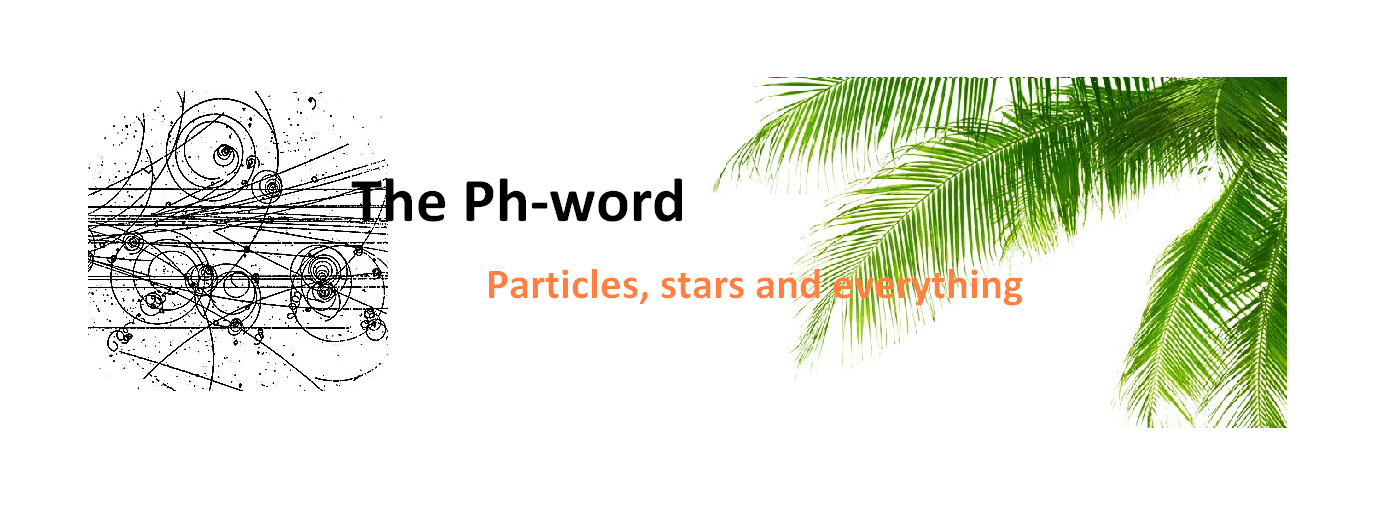July was quiet, with the only news of size being really rather niche: As expected, people looking at quasars confirmed that time seemingly ran slower in the early universe. Okay, let us break this down.
According to the theory of general relativity –that symphony of space, gravity and time and how they are tied together– when we, the folks of today, look at celestial events from billions of years ago, we should see them happening in slow motion. This time dilation is what we’d see because of the ongoing expansion of the universe, as the light from the ancient events has to travel through expanding distances to reach our telescopes.
And that slow motion has already been seen in the explosions of supernovae. But, alas, only up to six to seven billion years ago, which is half of the age the universe is believed to have.
So, the news is that astrophysicists now looked at quasars, the supermassive black holes at the heart of galaxies, and at the twinkling from hot gas falling into them. Specifically, they looked at almost two hundred quasars with their brightness recorded over two decades. And they did see them twinkling in slow motion. Very slow motion. We’re speaking one-fifth-the-actual-speed slow motion here.
These observations go back to 12 billion years ago and also agree with the expected behaviour according to general relativity. Actually this was one of those studies that killed two birds with one stone: it used the change in quasars’ brightness for time measurements, and it confirmed time dilation of cosmological proportions.

PS: Yes, I know that a few of you heard about the development of a superconductor that works at room temperature and pressure, and you are now going to bug me because of not including it in the month’s news, but there’s no news here. There is no journal publication yet (in a field where pre-publications are not as meaningful as, say, in observational astrophysics), and as we speak labs around the globe are working on checking the announced result — an effort which will tell us soon if this too-good-to-be-true claim is true. Or maybe it won’t tell us anything yet, if patented steps are required. Also, bold claims about superconductivity haven’t always turned out well. So for now hasta la vista about this piece of news.
—
Do you want to receive one monthly reminder with links to the Ph-word posts? Join the mailing list.
